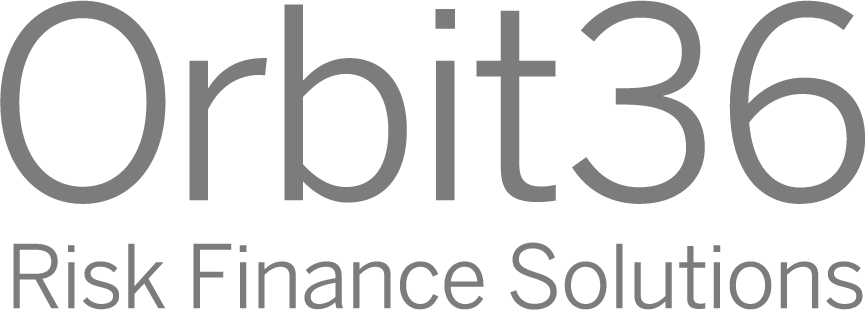Fed vs. ECB – Why the diverging speed of monetary tightening helps US banks

With today’s 75-basis point rate increase, the Federal Reserve (Fed) continues its policy to progressively hike interest rates to combat inflation. Since the beginning of this year, the Fed raised the federal funds target rate from 0.25 percent to 2.5 percent and it is forecast to be further increased to 3-3.5 percent by the end of 2022. By contrast, the European Central Bank (ECB) abandoned its negative interest rate policy only last Thursday.
Net Interest Income
Orbit36 sees two main reasons why the Net Interest Income (NII) for US banks will raise faster than for European banks over the next quarters.
1. Duration of shareholders’ equity
As part of the interest rate risk management strategy, the Asset and Liability Management Committee (ALCO) needs to define a target duration for shareholders’ equity. For many banks, it is common practice to deploy a portfolio of interest rate swaps which convert the variable interest rate earned on shareholders’ equity into fixed interest rate revenues.1 This treasury optimization strategy is motivated by the desire to elevate and smoothen the bank’s NII. Yet, the strategy goes along with a certain interest rate risk, i.e., the bank has unhedged IRRBB risk in Treasury. Defining and implementing the strategy for the “investment of equity” is therefore often a balancing act, between a short-term maximization vs. a longer-term stable income, ultimately requiring the Group ALCO to take a directional market view.
1) Strictly speaking, the bank earns the interest on the surplus of assets over liabilities, i.e., the equivalent of shareholders’ equity.
Due to the typically shorter term of their assets and liabilities, US banks tend to invest the firm’s equity at a shorter duration than their European peers. Consequently, the NII of US banks will reflect the recently increased USD interest rates already in the upcoming quarters. By contrast, European banks have their equity locked-in at low interest rates over a longer period, so that they only benefit from ultimately higher EUR interest rates with a significant time lag.
2. Interest rate margin
In an environment with interest rates around zero, the margin earned on customer deposits has largely eroded or is even negative. For instance, Swiss banks currently earn their margin predominately on loans and mortgages, while deposits are internally subsidized unless clients are charged negative interest rates. As we have outlined in an earlier article (see https://www.orbit36.com/what-does-todays-snb-rate-increase-mean-for-banks-in-switzerland/), with the abandonment of the negative interest rate policy in Switzerland, the major Swiss banks are expected to lose around 1bn of negative interest rate income which they are likely not able to fully compensate by higher interest revenues on their assets. Similarly, the ECB’s foreseeable return to a moderately positive key interest rate is not expected to help European banks much in the short term.
With USD interest rates already trading materially above the zero line, US banks are now in a position where they can earn a positive margin on both loans and deposits. This should in tendency help them to keep or raise the interest margin. As opposed to their European peers, US banks are also less reliant on the use of deposits to fund long-term assets on their balance sheets, because there exists a liquid securitization market for loans in the US.
Natural hedge for fee and commission income
The fast response of US banks’ NII on the normalization of interest rates provides them a natural hedge against the decline in fee and commission income which goes along with the more difficult market conditions since the beginning of the monetary tightening.
Orbit36 believes that the earnings of European banks will in the near term be more vulnerable than the earnings of their US peers, as it will take longer until the ECB returns to interest rates materially above zero and until this will benefit the banks’ NII.
We expect that European banks with a strong presence in the US market will be in a better position to mitigate the negative impact on earnings than banks with a focus on the Eurozone or Switzerland, since they hold and invest a part of their shareholders’ equity in US dollars.
Risk of central bank overreaction
There remains the risk that central banks overshoot with their fast series of rate hikes and trigger a global recession. In that case, European and US peers are likely to face a rapid increase of defaults, aggravated by a lower affordability of higher interest rates by consumer and corporate clients. Such a scenario will likely impact most banks, regardless of their business model and geographical footprint.
Please contact us to discuss. Orbit36 has profound expertise to help banks to manage and optimize their interest rate revenues in a demanding environment.
